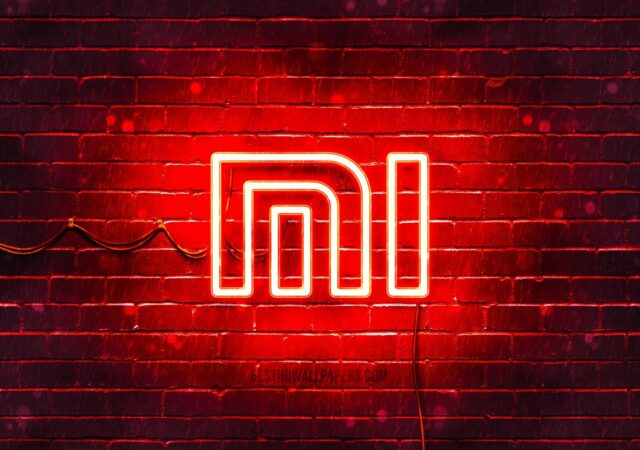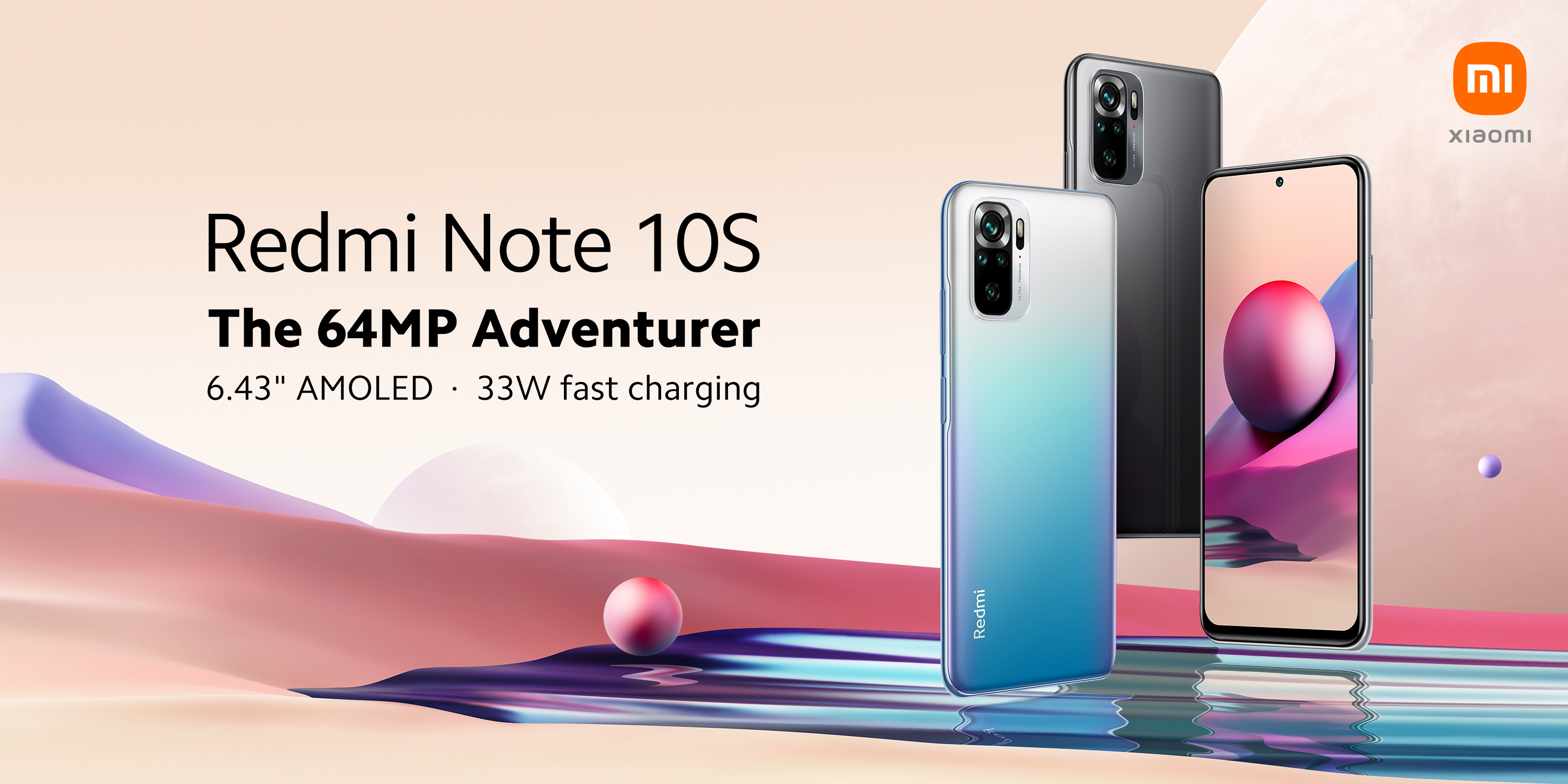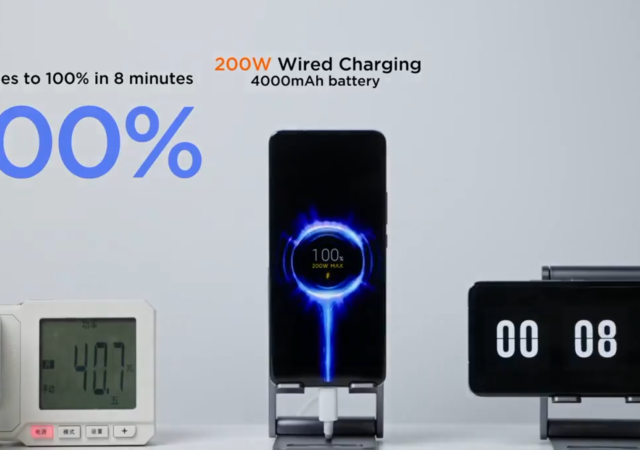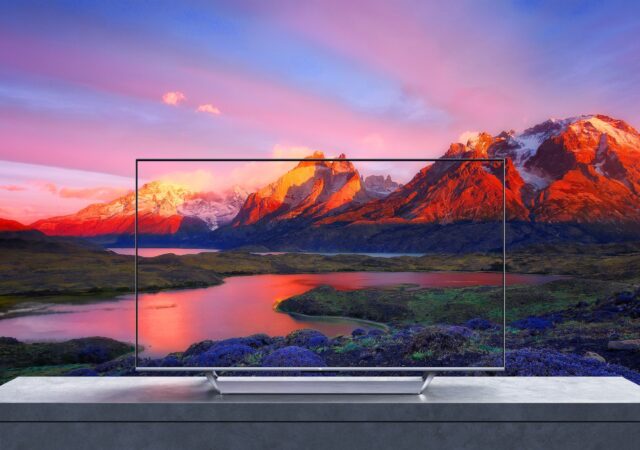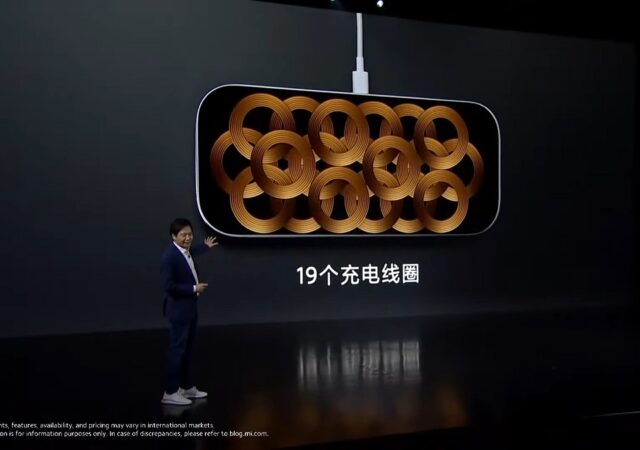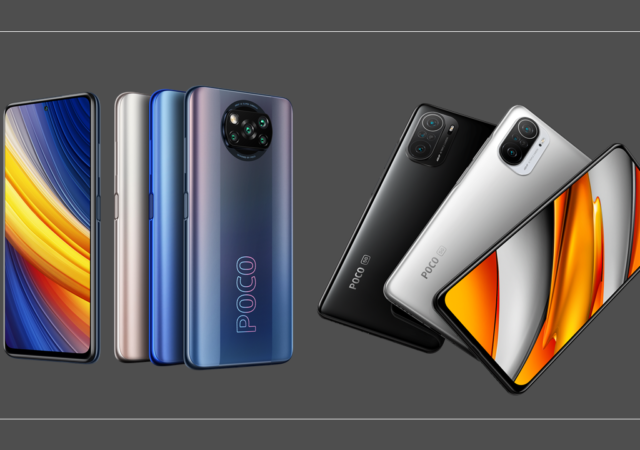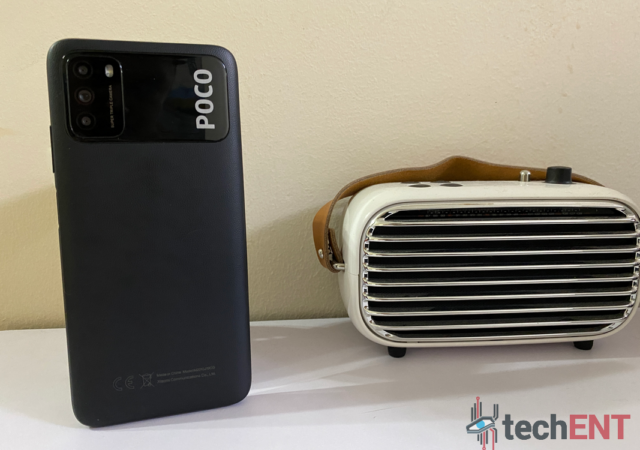Xiaomi is no stranger to the mobile and tech market. The company has built an empire spanning smartphones to smart home items and it achieved this in a relatively short time. The company emerged and grew in the span of…
The Redmi Note 10S – The 64MP Adventurer is Here!
XIaomi launches the Redmi Note 10S in Malaysia, a 64MP adventurer smartphone with superior battery life at a budget price of MYR 899.
Xiaomi Introduces 200W “HyperCharge” to Charge Your Smartphones in 8 minutes.
Xiaomi introduces new “HyperCharge” technology charging smartphones at 200W in 8 minutes and wirelessly at 120W in 15 minutes.
Xiaomi Launches Premium Mi TVs in Malaysia!
Xiaomi bring their Mi TV P1 and Mi TV Q1 into Malaysia. The new Mi TV Q1 offers 4K UHD Dolby Vision and HDR10+ experience at 120Hz.
Xiaomi Wireless Charging Solutions: Fulfilling Our Wireless Dreams
Xiaomi releases their new generation wireless charging with 80W capabilities and a pad that could charge up to 3 devices at 20W each.
POCO Unveils Two New Performance Oriented, Affordable Flagships – The POCO F3 & POCO X3 Pro
POCO unveils two flagships to bring more value to its consumers with the POCO F3 and POCO X3 Pro powered by the Snapdragon 800 series compute platforms.
The Xiaomi Redmi Note 10 Series is Here for MYR 799!
Xiaomi launches the brand-new mid-range Redmi Note 10 series in Malaysia with prices starting from MYR 799 onward.
Xiaomi Just Announced the Mi 11 – The Most Affordable Snapdragon 888 Flagship in Malaysia & Singapore Yet!
The Xiaomi Mi 11 is finally coming to Malaysia and Singapore in March 2021. It’s packing the powerful Snapdragon 888 processor and Xiaomi’s best camera yet.
Xiaomi Promises GMS Will Remain on Its International Devices
Xiaomi addresses concerns head on about the availability of Google Mobile Services on its upcoming smartphones.
Xiaomi POCO M3 In-depth Review – The POCO That Can!
Xiaomi’s POCO M3 is one of the most affordable smartphones out there now. How does it fair? Is it worth the money you spend on it?



